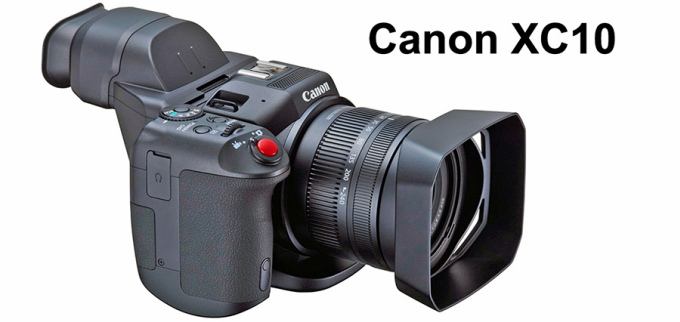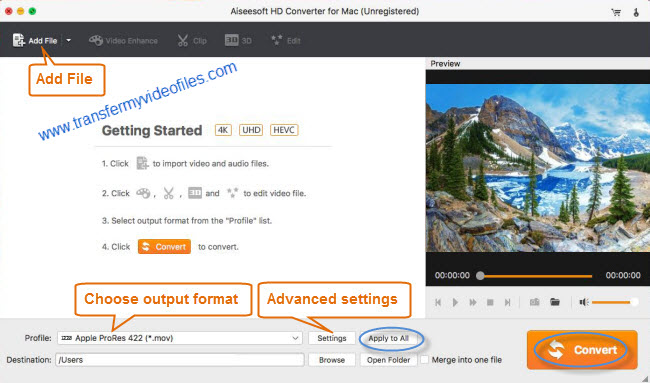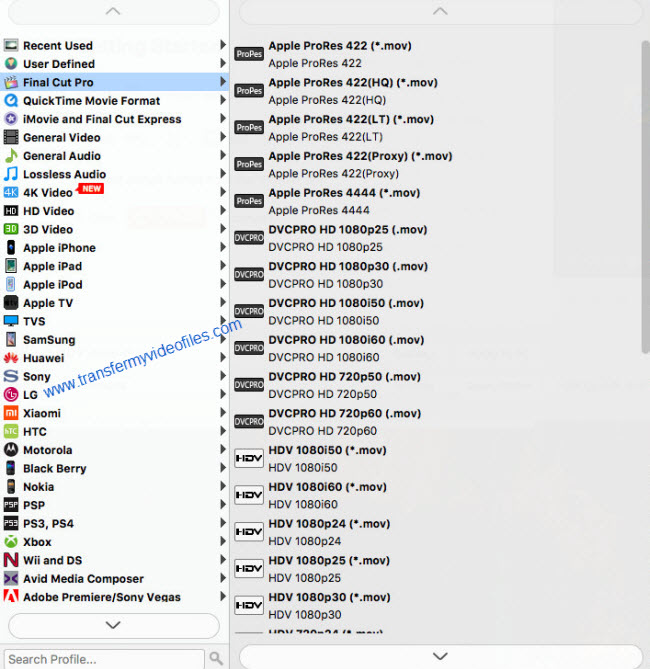How do I import Canon XF-AVC files into FCP X/7 for editing? If you are looking for a solution to this question, you may have interest in this post. It presents a workaround to transcode XF-AVC MXF files to ProRes for use in Final Cut with optimum performance.

How can I work with Canon XC10 XF-AVC in FCP X?
“Hi, there, I just bought the Canon XC10 camera which records footage using XF-AVC codec with .MXF extension. I’m now confused as to how to import the Canon XF-AVC files into FCP X. I’ve downloaded the Canon XF Utility of XF-AVC but this does not seem to enable me to import or transcode the files for use in FCP X. Anyone run into the same thing? How do you resolve this problem? Please suggest a solution. Thanks a lot.”
The Canon XF-AVC is a new codec that FCP X does not yet support. Either Canon or Apple needs to release an update for it to work natively in Final Cut. To be able to edit XF-AVC MXF files in FCP 7/X smoothly, you will need to transcode the files using third party software like HD Video Converter for Mac. Check this short tutorial to learn how to convert XF-AVC files to ProRes for use in FCP 7/X smoothly.
XF-AVC MXF files and FCP 7/X – how to transcode XF-AVC MXF files to ProRes for FCP in a fast way?
First of all, download a demo of HD Video Converter for Mac

Then follow these steps:
Step 1: Run HD Video Converter for Mac as a professional XF-AVC MXF to ProRes Converter. When its main interface comes up, click ‘Add File’ to load source video to it.

Step 2: Select ‘Apple ProRes 422 (*.mov)’ as output format for opening with FCP 7/X
From the ‘Profile’ list, move to ‘Final Cut Pro’ catalogue, and select ‘Apple ProRes 422 (*.mov)’ as target format. Apple ProRes is the best suited editing codec for FCP 7 and its former version FCP 6 and the most recent version FCPX. When loading them into FCP (X), you needn’t wait for a long time for rendering. To create smaller files, transcode your source files to Apple ProRes 422 (LT).

Apple ProRes 422 – Higher quality than Apple ProRes 422 (LT);
Apple ProRes 422 (HQ) – Keep original video quality for editing in FCP;
Apple ProRes 422 (LT) – Get a smaller file sizes than Apple ProRes 422;
Apple ProRes 422 (Proxy) – SD levels – 480i/p and 576i/p. Used in offline workflows.
Apple ProRes 4444 – Edit and finish 4:4:4 material.
Important: If you’ve loaded a number of video clips to do batch conversion, please do remember ticking off ‘Apply to All’ option before you start.
Step 3: Adjust video and audio settings (for advanced users)
If necessary, you can click ‘Settings’ button and go to ‘Profiles Settings’ panel to modify video and audio settings like video encoder, resolution, video bit rate, frame rate, aspect ratio, audio encoder, sample rate, audio bit rate, and audio channels. 3D settings are also available.
Step 4: Click ‘Convert’ to start Canon XF-AVC MXF to ProRes MOV conversion.
Step 5: Click ‘Open Folder’ to get generated ProRes QuickTime files for transferring and editing in Final Cut Pro 7/X with optimum performance.
Related posts
Transfer Panasonic VariCam 35 4K raw 120fps files to FCP7
Convert P2 MXF to ProRes for FCP 6/7/X without losing sound
MXF and Vegas – How can I edit MXF video files in Sony Vegas?
Import and edit Canon XC10 XF-AVC 4K/1080p files in iMovie
Edit Canon XC10 XF-AVC MXF files in Avid, Premiere, Vegas
